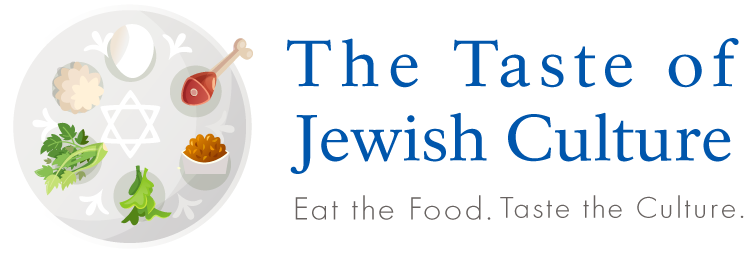Unlike my previous “What is…” post, this one does not look at a sub-community’s cuisine, but at a dish that is widely eaten by many different sub-communities. Keftes de Prasa, in brief, are leek fritters, beloved and eaten extensively throughout the Sephardic diaspora.
From the above picture, you can see they look rather similar to potato latkes, but with some green in them. I will come back to this similarity a drop later. Keftes de Prasa are appropriate for a post now, as they are commonly eaten for Rosh Hashana. In fact, the ones in the picture above I made for last year’s Rosh Hashana meal. But that’s not the only time they are eaten! I’ll discuss that, too.
But first, some background…
The Origin of Keftes de Prasa
From the name itself, which is in Ladino, we know the dish is a Sephardic one. Ladino (also known as Judezmo) is essentially Judeo-Spanish, largely mixing Spanish and Hebrew words, and is to Sephardic culture what Yiddish is to Ashkenazi culture. It incorporates words from many other languages as well (just as Yiddish includes words whose origins are broader than just Hebrew and German), and has multiple regional dialects (also, as with Yiddish).
Gil Marks, in Encyclopedia of Jewish Food explains that Jews in Spain frequently cooked albondigas — small meatballs, of Arabic origin. Following the 1492 expulsion, with the arrival of many Sephardim in the Ottoman Empire, they discovered there the similar kofte or kufte — grilled meat torpedoes. Differences included the shape, cooking method, and the fact that the Jewish version usually had cheap “filler” ingredients, and/or used leftover scraps in a frugal manner. Combining the two, somewhat, the shape of the albondigas changed, and became flattened fried patties, gaining the new Ladino name kefte.
There are many types of Sephardic kefte, some using meat, some with vegetables alone, and some that mix the two. These leek fritters are particularly beloved. Leeks, like other aliums (e.g. onions and garlic) have always held a beloved place in worldwide Jewish cuisine. Many have pointed out their prominence among the foods the Jews craved in the Sinai desert shortly after the Exodus. Marks also claims that in periods of extreme poverty, leeks were sometimes the only vegetables on the Sephardic table.
The Rosh Hashana Connection

However, these are not only eaten for Rosh Hashana! They are popular for Chanukkah too. And Passover (using matzo meal as a binder, to keep them kosher for the holiday). As discussed previously in relation to the simanim, leeks happen to be in season right now. But Marks also highlights that leeks often are grown twice a year, with the other season preceding Passover! So once again, that might explain their connection to that holiday. (Since the complaints of the Jews in Sinai were a less-than positive result of the Exodus, I doubt that that leant any support to their consumption on the holiday, though one never knows.)
And of course, since they are fried in oil, they are a perfect food for Chanukkah as well. That aspect of Jewish Food crosses many regional boundaries!
And a Bit More…
Though these fritters are beloved throughout the Sephardic diaspora, they are not always called by the same name. For example, in Poopa Dweck’s Aromas of Aleppo, spotlighting the foods of the Aleppan Syrian Jewish community, she refers to them as ejjeh b’Kerrateh, the literal translation in Arabic. I saw an Israeli American version called ketzitzot prasa, combining the Ladino ending with an Israeli Hebrew word for meatballs (even though they were still made in the flat patty form). And much as with bourekas, or boyos and bulemas, there are slight variations on the kefte name in some places, including “keftikes,” for example.
Also, these are really easy to make, with very few ingredients. I’m not even including a recipe here, since you can find about a thousand online, and they are all more or less the same. So just Google, combine, and see if any of the “special” ingredients that some people include strike your fancy. If so, go for it!
But I definitely recommend considering making some keftes de prasa for your Rosh Hashana meal this year!






